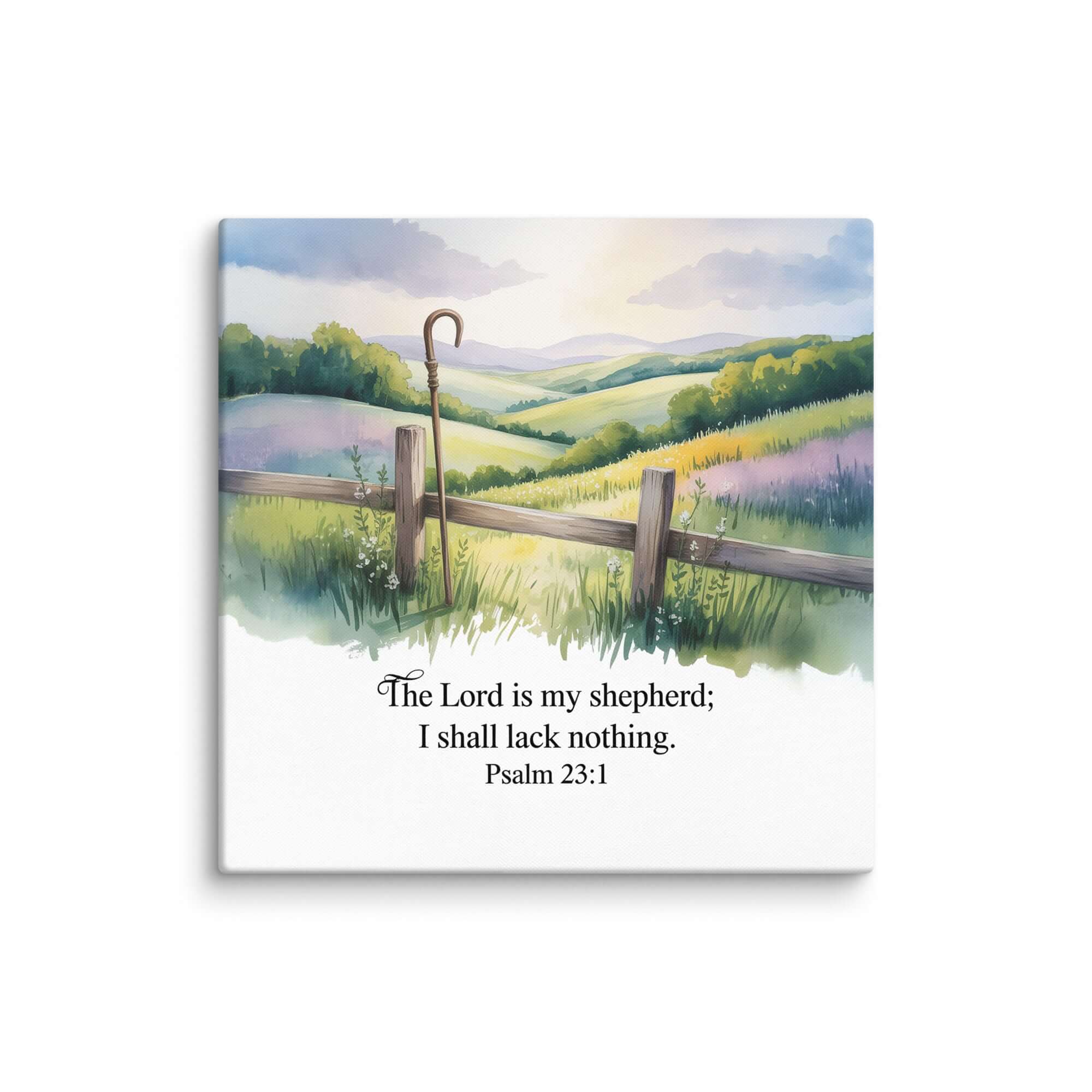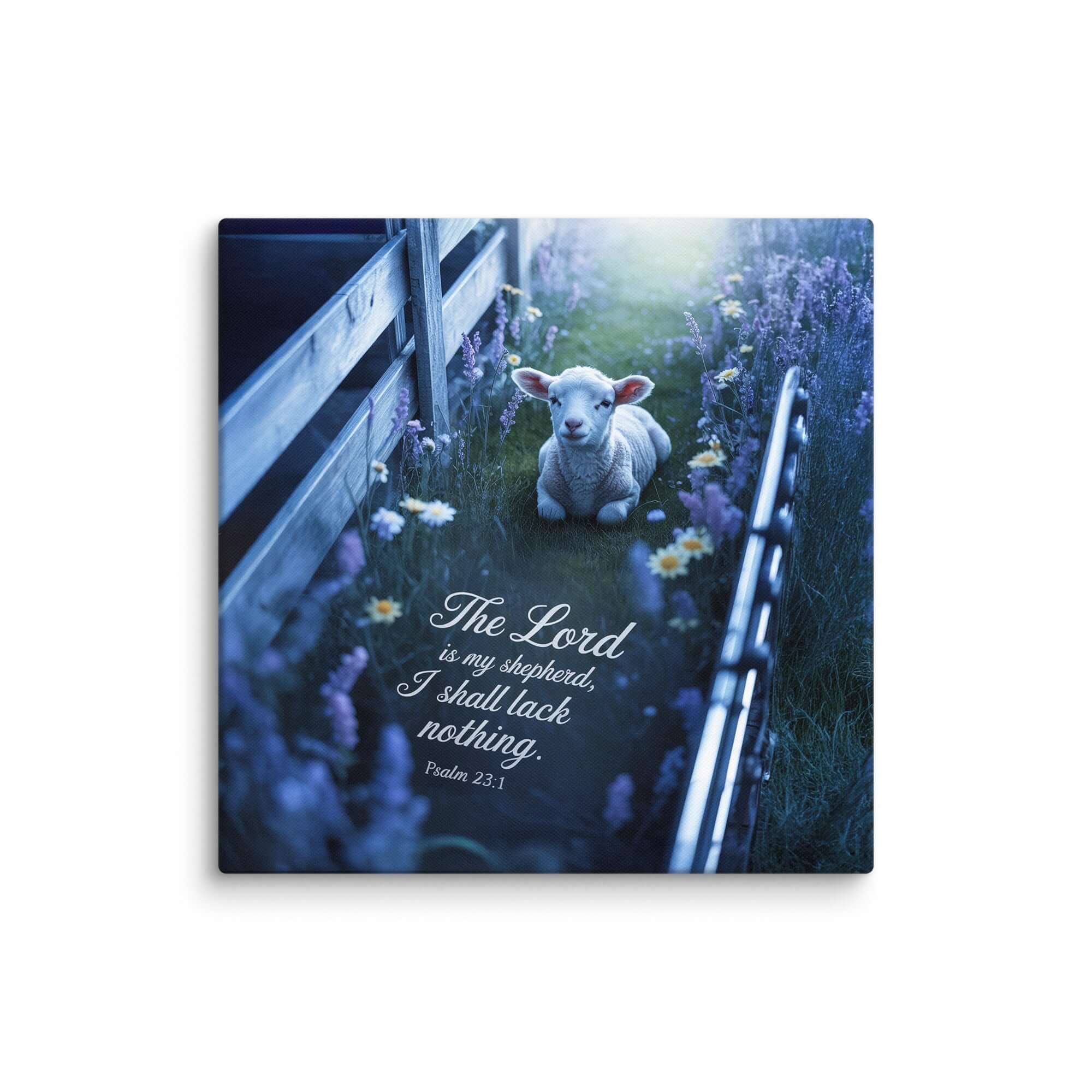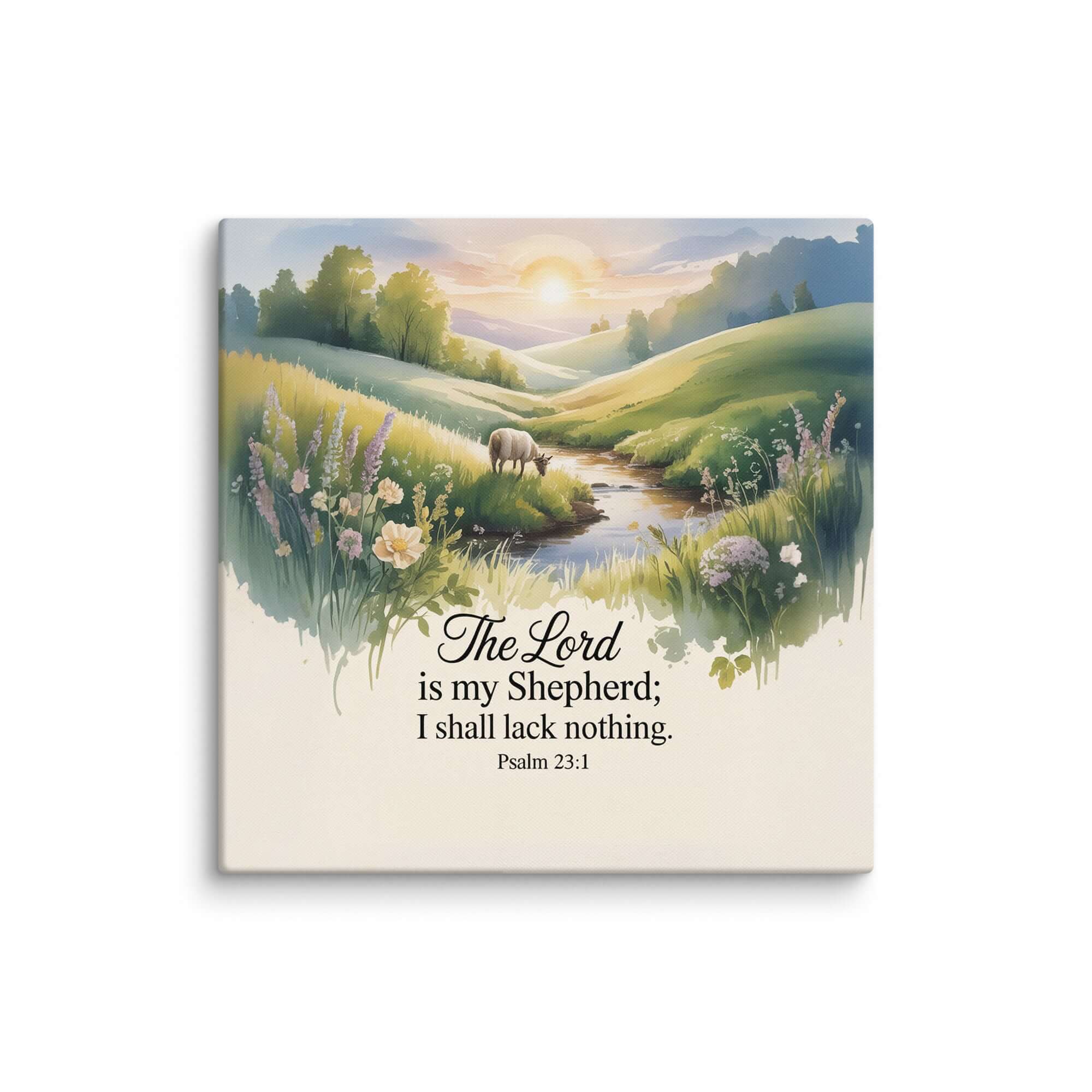What Is the Parable of the Fig Tree?
The Parable of the Fig Tree is one of Jesus’ short yet powerful teachings. It appears in different forms in the Gospels: Matthew 24:32–35, Mark 13:28–31, Luke 21:29–33, and a separate parable in Luke 13:6–9. The fig tree often represents Israel, God's people, or a spiritual life that should bear fruit.
Jesus used the fig tree to help people understand the importance of readiness, repentance, and the signs of the times.
The Two Parables of the Fig Tree
| Parable | Bible Reference | Main Message |
|---|---|---|
| Budding Fig Tree | Matthew 24:32–35; Mark 13:28–31; Luke 21:29–33 | Be watchful and alert. Know the season by observing the signs. |
| Barren Fig Tree | Luke 13:6–9 | God gives time to repent, but eventually judgment will come. |
The Budding Fig Tree: A Sign of the Times
Jesus said:
“Now learn this lesson from the fig tree: As soon as its twigs get tender and its leaves come out, you know that summer is near. Even so, when you see all these things, you know that it is near, right at the door.” — Matthew 24:32–33 (NIV)
This parable teaches that we should be spiritually alert. Jesus was talking about the end times, and this fig tree was a symbol to help people see that His return is near.
“Truly I tell you, this generation will certainly not pass away until all these things have happened. Heaven and earth will pass away, but my words will never pass away.” — Matthew 24:34–35 (NIV)
Main Lessons
- Recognize the spiritual season.
- God’s Word is unshakable.
- Be ready, because the return of Jesus could be close.
“So you also must be ready, because the Son of Man will come at an hour when you do not expect him.” — Matthew 24:44 (NIV)
The Barren Fig Tree: A Warning to Repent
The second fig tree parable is found in Luke:
“A man had a fig tree growing in his vineyard, and he went to look for fruit on it but did not find any. So he said to the man who took care of the vineyard, ‘For three years now I’ve been coming to look for fruit on this fig tree and haven’t found any. Cut it down! Why should it use up the soil?’” — Luke 13:6–7 (NIV)
But the gardener pleads for more time:
“‘Sir,’ the man replied, ‘leave it alone for one more year, and I’ll dig around it and fertilize it. If it bears fruit next year, fine! If not, then cut it down.’” — Luke 13:8–9 (NIV)
Key Takeaways
- God patiently gives time to repent.
- A changed life should show fruit.
- But that time is not endless.
“Produce fruit in keeping with repentance.” — Matthew 3:8 (NIV)
“Every tree that does not bear good fruit is cut down and thrown into the fire.” — Matthew 7:19 (NIV)
Why Jesus Used a Fig Tree
The fig tree was common in Israel and well-known. It became a symbol in many parts of Scripture. Often, the fig tree represents Israel or a person who is expected to be fruitful.
“I found Israel like grapes in the wilderness; I saw your ancestors as the early fruit on the fig tree.” — Hosea 9:10 (NIV)
Symbolism Table
| Symbol | Meaning |
|---|---|
| Fig Tree | Israel or a believer’s life |
| Fruit | Obedience and righteousness |
| Barren Tree | A life without repentance or action |
How This Applies to Us Today
These parables still speak to us today. Just like the people of Jesus’ time, we’re called to bear fruit, repent, and stay ready.
“But the fruit of the Spirit is love, joy, peace, forbearance, kindness, goodness, faithfulness, gentleness and self-control.” — Galatians 5:22–23 (NIV)
“Do not merely listen to the word, and so deceive yourselves. Do what it says.” — James 1:22 (NIV)
“Repent, then, and turn to God, so that your sins may be wiped out, that times of refreshing may come from the Lord.” — Acts 3:19 (NIV)
“The Lord is not slow in keeping his promise... Instead he is patient with you, not wanting anyone to perish, but everyone to come to repentance.” — 2 Peter 3:9 (NIV)
Summary Table
| Lesson | Application | Supporting Verse |
|---|---|---|
| Watch the signs | Be spiritually alert | Matthew 24:32–33 |
| God is patient | Use your time wisely | Luke 13:8 |
| Bear fruit | Live out your faith | Galatians 5:22–23 |
| Act now | Time is limited | Matthew 3:8; 7:19 |
























